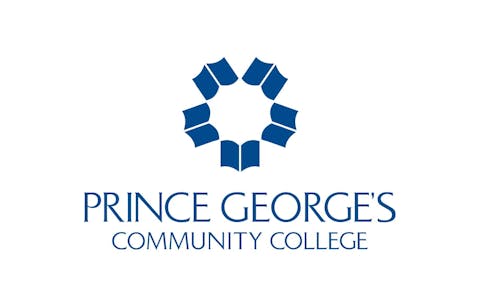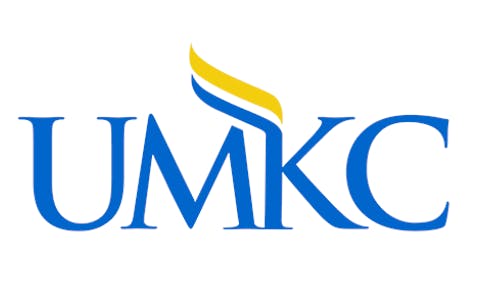The governance structure of most American Indian tribes was designed by the U.S. Department of the Interior in the 1930s, and tribes and experts say the systems disadvantaged tribal nations more than they helped.
“These governments were not very sophisticated and were often unwieldy, with no provisions for court systems. These systems usually hampered efforts to get things done,” says Dr. Stephen Cornell, faculty chairman of the University of Arizona’s Native Nations Institute for Leadership, Management and Policy.
The old governments also carry a legacy of colonialism that creates distrust in leadership and fosters economic dependence, Cornell says. As one tribal leader told Cornell, “We’re trying to replace the victim attitude with the victor attitude.”
“If someone in Washington, D.C., is making your decisions for you, you aren’t likely to go very far,” Cornell says. “Tribal nation building must be done by Indian people.”
NNI’s new online education course seeks to help tribal leaders do just that. The Institute has created an eight-course series entitled “Rebuilding Native Nations: Strategies for Governance and Development” and designed to strengthen and improve the operations of American and Canadian Indian nations.
“The rebuilding course gets successful ideas and practical experience from tribal leaders and communities into the hands of more people,” says NNI consultant Patricia Ninham Heft, business committee secretary of the Oneida tribe of Wisconsin.
Smaller tribes in particular, she notes, don’t have the funding to send people away to conferences or workshops. “Presenting information in distance learning and electronic formats gives greater access to more people,” she says.




















